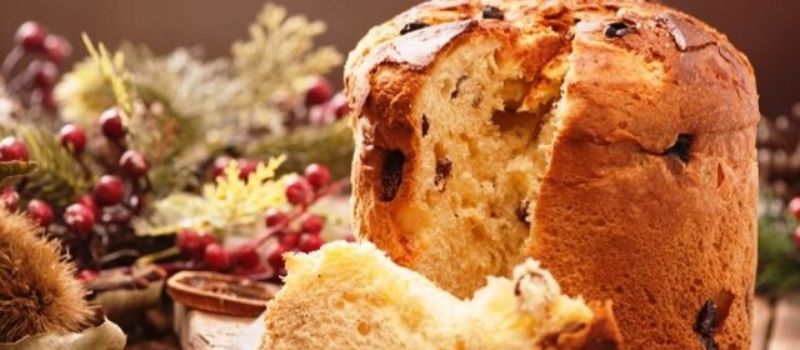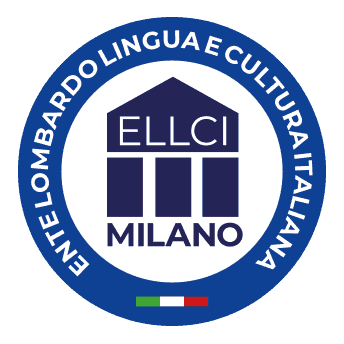
29 Nov
Discover the history and origins of the Italian panettone
The fame of the most popular Christmas Milanese sweet is growing more and more in Italy and in the world. Let’s discover together the history and the origin of the panettone.
Panettone is a traditional Italian sweets. It has a typical cylindrical shape, its leavening is natural and its soft paste is enriched with candied fruit, orange, cedar, and raisins.
In Milan, until 1900 there were a large number of bakers and pastry makers. Since the 1950s, the panettone of the large distribution can be found throughout Italy, while in Milan remain many traditional artisan laboratories. Today it has acquired international fame and is also exported as a sweet symbol of Christmas in many countries.
Only in you can taste the original recipe! But how can you recognize the authentic one and choose the best panettone?
Since 2003 the tradition of panettone is regulated by a product specification that sets the ingredients and their minimum percentages.
The true traditional panettone must have on its packaging the Pasticceri Committee of the Milanese Tradition ‘s logo and the inscription “Pastry product, to be consumed fresh by …” in addition to the indication “without preservatives”.
The traditional panettone ingredients provided by the product specification are:
water, flour from producers recognized by the Committee, sugar, fresh eggs and/or pasteurized yolks, milk, cocoa butter, butter, sultanate raisins, candied orange peel, candied cedar, natural yeast, and salt.
Other permitted ingredients are honey, malt, and extract of malt, vanilla and natural aromas.
Italian panettone: history and legends
The most famous legend dates the origins of panettone back in ‘400 at the court of Ludovico il Moro. The sweet prepared for the sumptuous Christmas lunch burned, but the kitchen gourmet, Toni, managed to prepare a substitute with the remaining ingredients. So the “‘l pan del Toni”, the “panettone”, was born.
Other more romantic legends, however, see two lovers or a convent of nuns as protagonists.
The consecration of panettone came in 1700 when the Cisalpina Republic favored the opening of ovens and pastries.
Until then, white bread (called mica) was only reserved for wealthy people while the poor were doomed to millet bread. The only exception was Christmas day when all the social classes could eat the same bread, the so-called pan de sciori, or pan de ton, made of pure wheat and stuffed with butter, sugar, and zibibbo .
Fun fact
From typical Christmas sweet to film genre. The term cinepanettone is an Italian neologism that refers to a series of farcical comedy films scheduled for release annually in Italy for the Christmas period. Cinepanettone screenings have become a national seasonal ritual. Switching from popo-corn to panettone is highly recommended for the occasion.
Good appetite and happy holidays!
